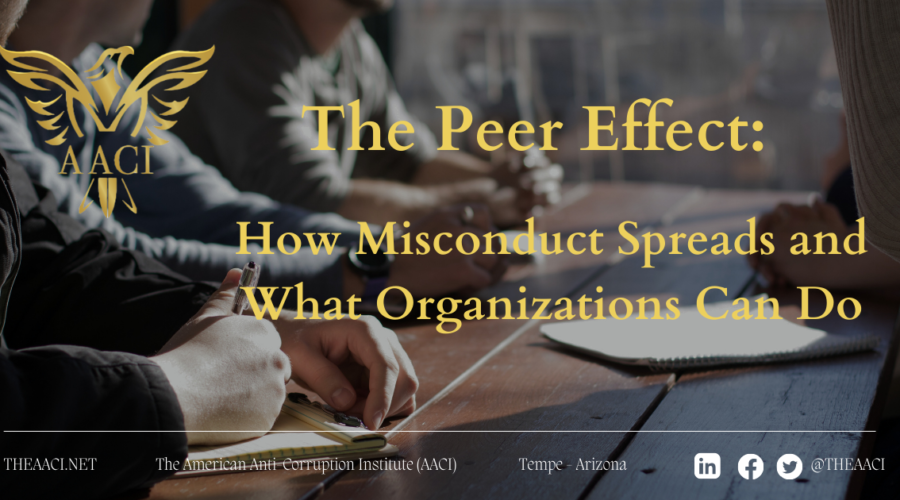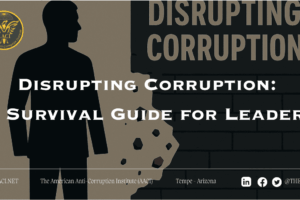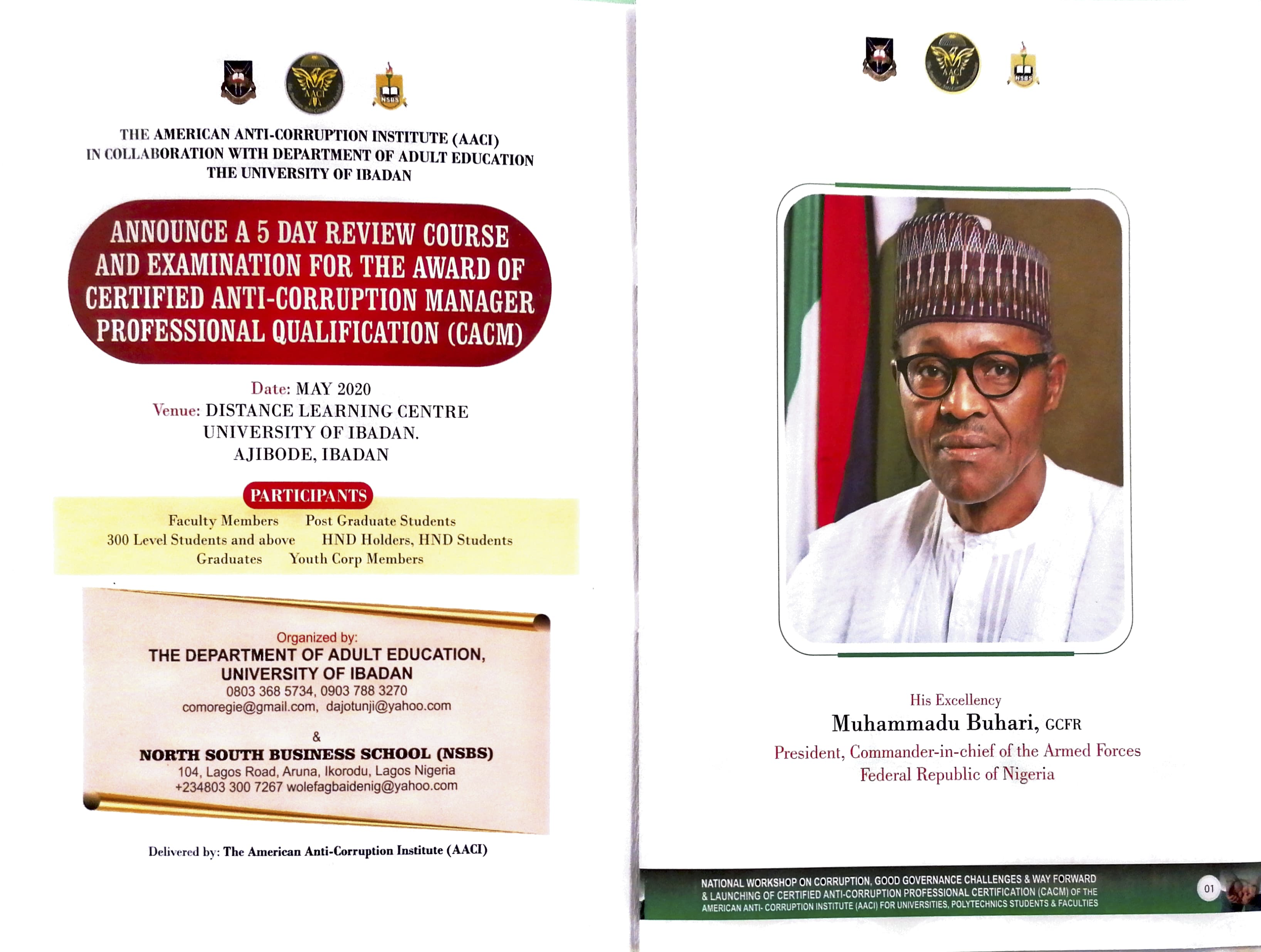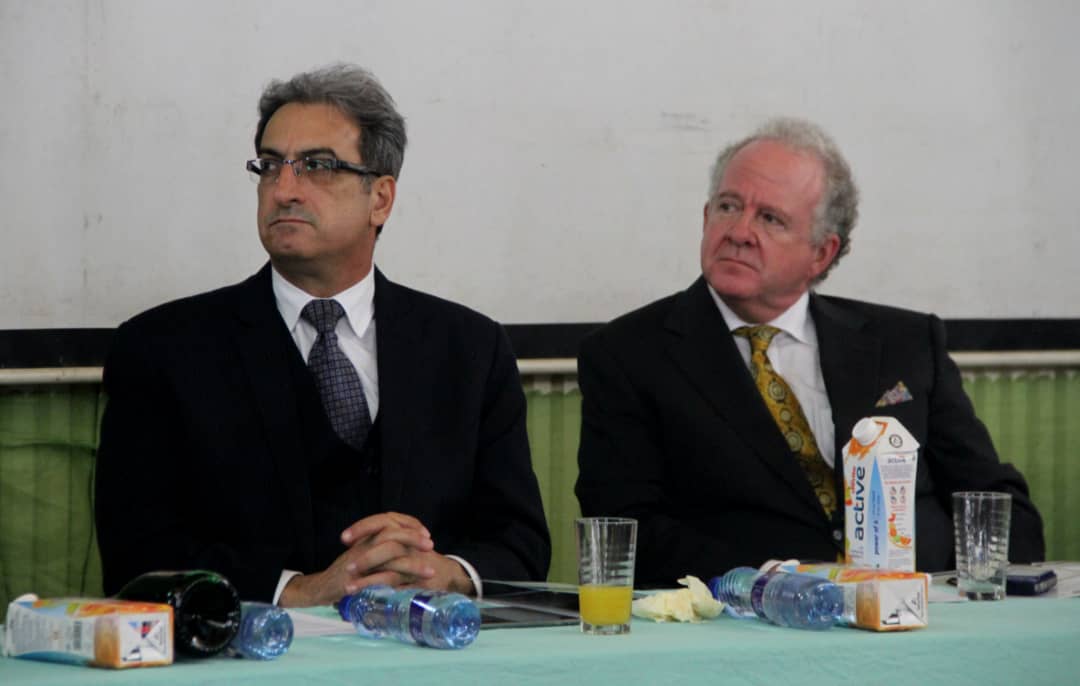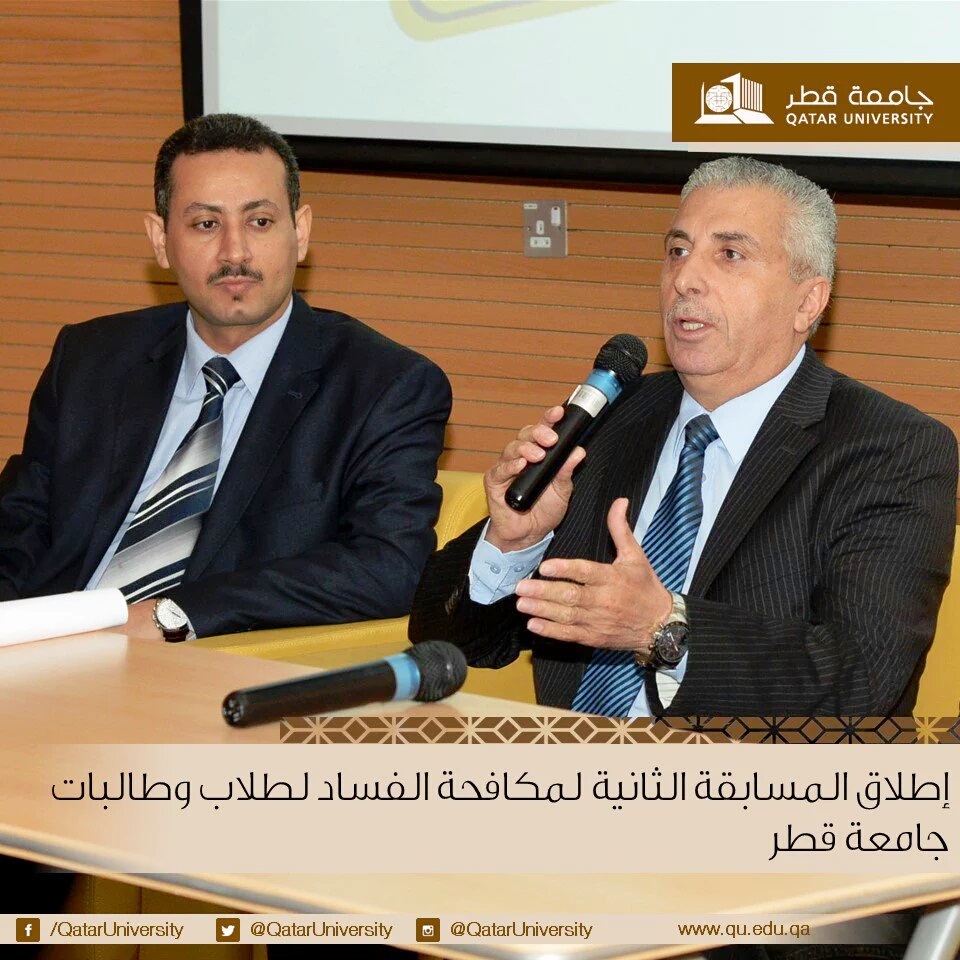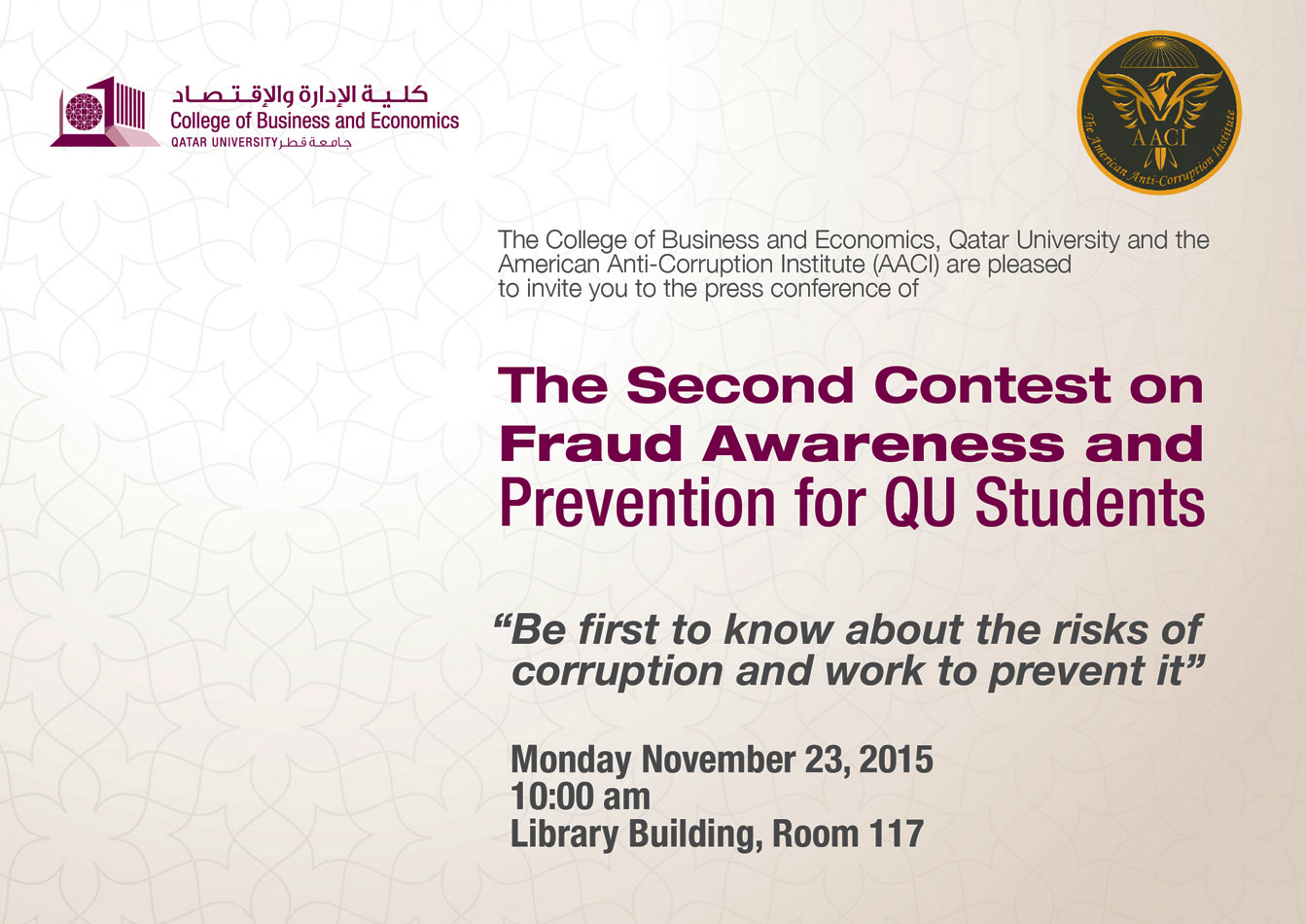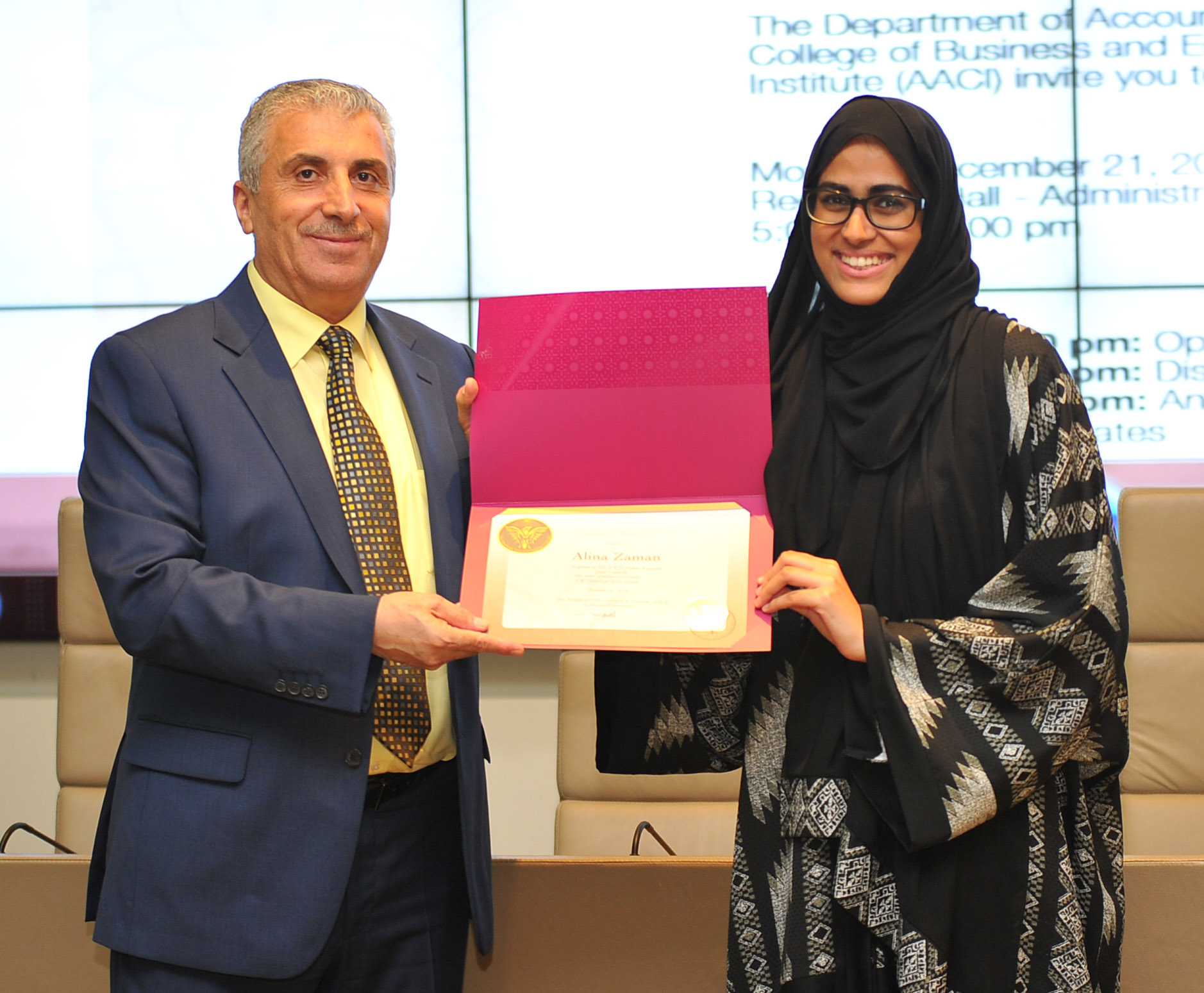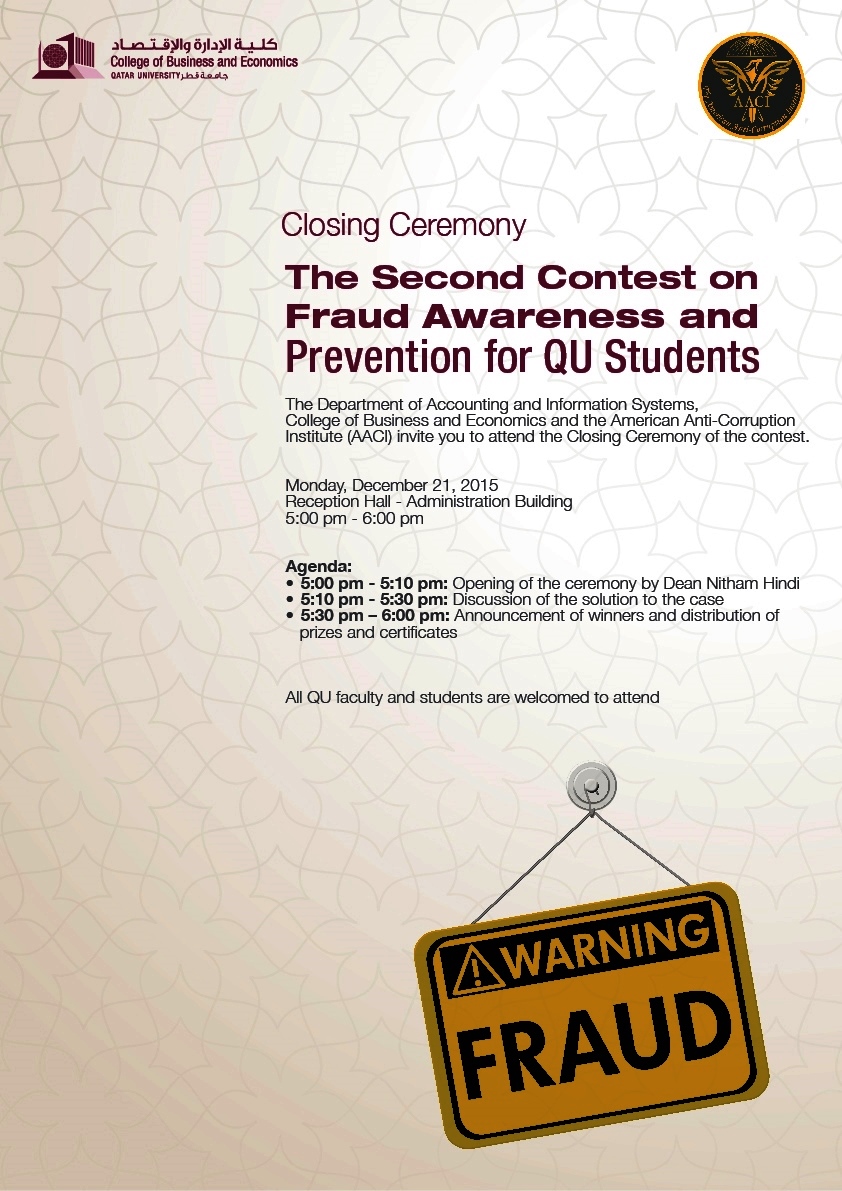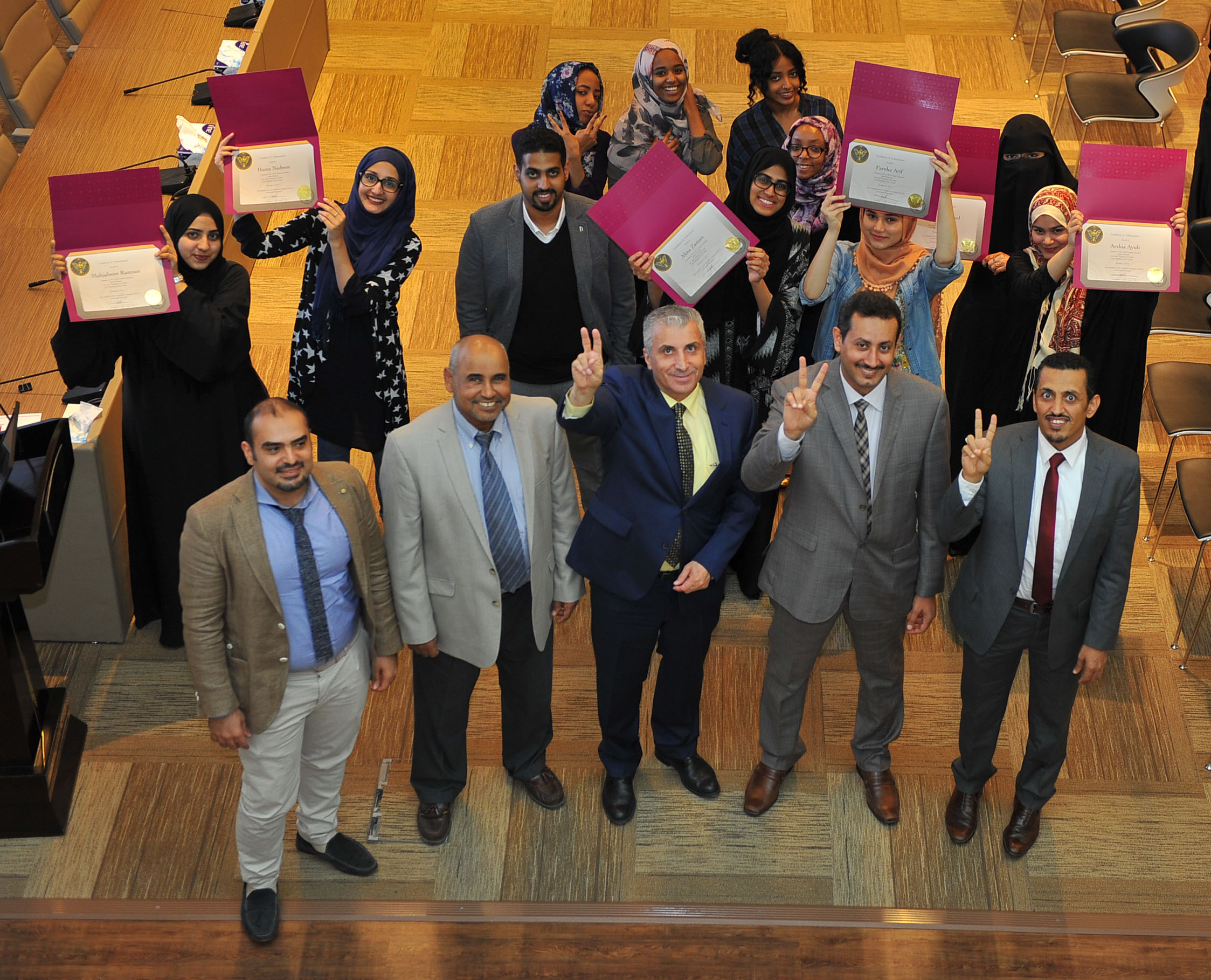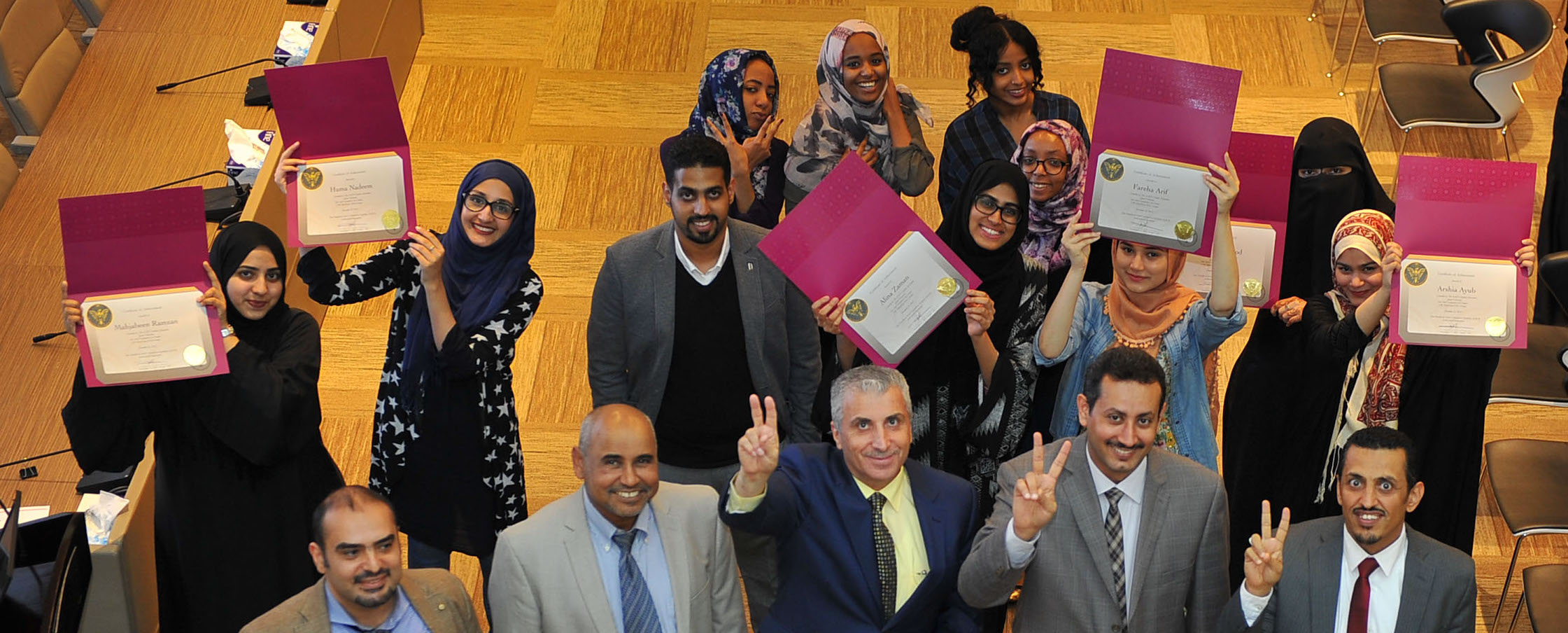Technical Staff
October 9, 2023
Introduction
In the realm of corruption and misconduct, there’s an age-old saying: “One bad apple can ruin the bunch.” This adage holds not only for fruit but also for organizations and their employees. A few bad actors within an organization can have a devastating impact on its culture and overall health. Research has shown that misconduct is contagious within an organization’s social fabric, multiplying its adverse effects [1]. In this article, we’ll explore the concept of the peer effect in spreading misconduct and discuss actionable steps that organizational leadership can take to eradicate such behavior.
The Contagion Effect
- One Bad Apple Spoils the Bunch: Just as a single rotten apple can release gases that accelerate the spoilage of its neighboring apples, a single employee engaging in misconduct can adversely affect those around them. Their actions may lower the ethical standards and morale of their peers.
- Undermining Organizational Culture: A few bad employees can contaminate an organization’s healthy culture, leading to a decline in employee trust, engagement, and overall satisfaction. When misconduct becomes prevalent, it creates a hostile work environment that can drive away valuable talent and hinder productivity.
- The Social Multiplier Effect: Research confirms that bad behavior doesn’t exist in isolation; it spreads like wildfire through social networks within an organization. Colleagues may observe misconduct and, consciously or unconsciously, start to mimic or tolerate it. This social multiplier effect amplifies the misconduct’s impact exponentially.
The Rise in Corruption and Fraud
4. Perceived Untouchability: As misconduct spreads, the risks of corruption, fraud, and money laundering increase significantly. Honest employees may perceive the corrupt individual as untouchable or protected, leading to a culture of impunity. This perception erodes trust in the organization’s leadership and the effectiveness of its controls.
Combating Misconduct: Leadership’s Role
While it’s essential to acknowledge that this article won’t delve into the reasons behind an individual’s descent into misconduct, it’s crucial for organizational leadership to take proactive steps to eradicate such behavior:
a. Lead by Example: Leaders must lead by example, demonstrating honesty, ethics, and integrity in all their personal and business dealings. Their behavior sets the tone for the entire organization.
b. Zero Tolerance: There should be no room for fraud and corruption within the organization. Regardless of position or tenure, individuals who engage in misconduct must face consequences.
c. Establish Robust Policies: Implement a comprehensive corruption prevention policy, ensuring whistleblowing is integral to the organization’s anti-corruption strategy. Encourage employees to report wrongdoing without fear of retaliation.
d. Education and Training: Provide anti-corruption training for C-suite executives and all employees. Equip them with the knowledge and tools needed to understand the basics of corruption, its dynamics, and prevention techniques.
e. Vigilant Oversight: Regularly monitor and oversee the corporate culture and values. Ensure that these values are not just words on paper but are actively practiced and upheld at all levels of the organization.
Conclusion:
The peer effect in spreading misconduct is a serious threat to the health and integrity of organizations. To combat this contagion, leadership must take decisive action. Organizations can create an environment where ethical behavior is expected and celebrated by leading by example, maintaining zero tolerance for misconduct, establishing robust policies, educating employees, and staying vigilant. In doing so, they can protect their culture, reputation, and the trust of their employees and stakeholders.
Sources
[1] Dimmock, S. and Gerken, W.C., 2018. Research: How One Bad Employee Can Corrupt a Whole Team. [online] Harvard Business Review. Available at: https://hbr.org/2018/03/research-how-one-bad-employee-can-corrupt-a-whole-team [Accessed 7 October 2023].Photo by Dylan Gillis on Unsplash


